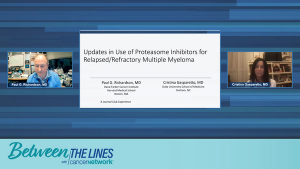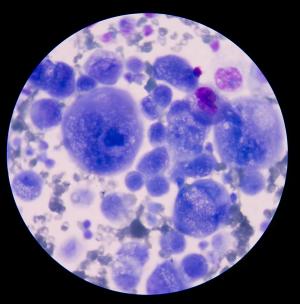Articles by Cristina Gasparetto, MD
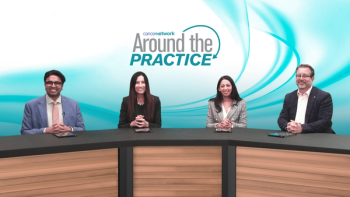
Panelists discuss how the treatment landscape for patients with transplant-ineligible/deferred newly diagnosed multiple myeloma (NDMM) is expected to evolve, with considerations for optimizing therapeutic approaches based on emerging data from novel drug combinations and treatment strategies.

Panelists discuss how frailty assessment influences treatment decisions in patients with transplant-ineligible newly diagnosed multiple myeloma (NDMM), particularly examining the IFM2017-03 study’s evaluation of a dexamethasone-sparing approach using daratumumab plus lenalidomide in frail patients.

Panelists discuss how isatuximab- and daratumumab-based quadruplet regimens compare in patients with transplant-ineligible/deferred newly diagnosed multiple myeloma (NDMM), with a particular focus on minimal residual disease (MRD) negativity data from the IMROZ and CEPHEUS trials, presented at the 2024 American Society of Hematology (ASH) Annual Meeting and Exposition.

Panelists discuss how treatment strategies and sequencing decisions for patients with multiple myeloma who decline transplantation despite eligibility must be carefully tailored, considering both immediate therapeutic goals and potential future treatment options.

Panelists discuss how the CEPHEUS study comparing subcutaneous daratumumab plus VRd vs VRd alone in patients with transplant-ineligible newly diagnosed multiple myeloma (NDMM) provides important insights into the role of quadruplet therapy in this specific population.

Panelists discuss how the evolving treatment landscape for patients with transplant-eligible newly diagnosed multiple myeloma (NDMM) is being shaped by emerging data on optimal treatment sequencing strategies, both in frontline settings and subsequent lines of therapy.

Panelists discuss how recent findings from the GMMG-HD7 trial comparing isatuximab-RVd vs RVd have shaped treatment decision-making in patients with multiple myeloma by providing comparative efficacy and safety data between the 2 regimens.

Panelists discuss how the choice between isatuximab-based quadruplet and daratumumab-based regimens in multiple myeloma treatment depends on clinical trial data comparing Isa-KRd vs KRd, with particular emphasis on efficacy outcomes and patient-specific factors that might influence treatment selection.

Panelists discuss how the AURIGA trial demonstrates superior outcomes with daratumumab plus lenalidomide maintenance compared with lenalidomide alone after autologous stem cell transplantation (ASCT) in newly diagnosed multiple myeloma while examining key subgroup analyses that inform treatment decisions regarding posttransplant maintenance therapy selection.

Panelists discuss how while daratumumab-based quadruplet regimens are increasingly becoming the standard of care for patients with transplant-eligible newly diagnosed multiple myeloma (TE NDMM) due to superior efficacy data, certain factors like frailty, comorbidities, and cost considerations may still warrant triplet therapy in select cases.

Panelists discuss how recent pivotal trials like PERSEUS and CASSIOPEIA demonstrate superior outcomes with daratumumab-based quadruplet and triplet combinations compared with standard regimens in transplant-eligible newly diagnosed multiple myeloma patients, particularly showing improved progression-free survival when daratumumab is added to VRd (bortezomib, lenalidomide, and dexamethasone) or VTd (bortezomib, thalidomide, and dexamethasone) backbones.

Panelists discuss how the treatment paradigm for newly diagnosed multiple myeloma (NDMM) has evolved from conventional chemotherapy to modern regimens incorporating novel agents like proteasome inhibitors, immunomodulatory drugs, and monoclonal antibodies while highlighting persistent challenges including optimizing treatment sequencing and addressing high-risk disease.
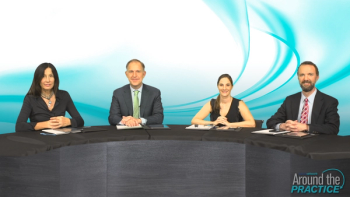
The panel shares some unmet needs in the multiple myeloma treatment landscape and exciting developments on the horizon.
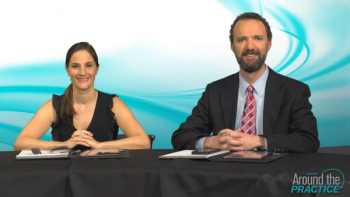
Dr Tuchman highlights exciting bispecific agents in investigation for the treatment of relapsed/refractory multiple myeloma.
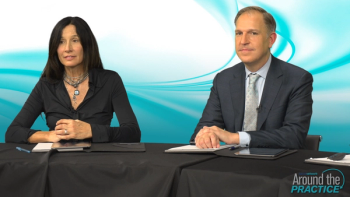
Peter Voorhees, MD, starts a conversation on the best treatment options for patients with multiple myeloma after relapse.

Sascha Tuchman, MD, discusses how frail patients with multiple myeloma are defined in his clinical practice, and what assessment models he utilizes.

Dr Sascha Tuchman explains how he measures an adequate or successful frontline treatment response in patients with transplant-ineligible NDMM.

Dr Christina Gasparetto compares the results of the MAIA and SWOG0777 trials and discusses how the data has been practice-changing.

Dr Varga and Dr Tuchman explain the factors for consideration when choosing an initial treatment regimen for patients with transplant-ineligible NDMM.

Drs Tuchman and Gasparetto present two profiles of patients with transplant-ineligible NDMM.

Cristina Gasparetto, MD, details how to assess treatment response and duration of treatment for transplant-eligible NDMM.

Dr Cindy Varga explains the design and results of the MASTER study presented at ASH [American Society of Hematology Annual Meeting] 2021.

Cindy Varga, MD, presents a profile of a 59-year-old patient diagnosed with transplant-eligible multiple myeloma.

The panel discusses triplet and quadruplet regimen options for transplant-eligible NDMM, and the clinical implications of the DETERMINATION study.
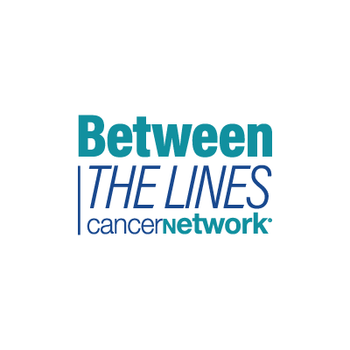
Paul G. Richardson, MD, and Christina Gasparetto, MD, offer insights into the use of proteasome inhibitors in relapsed or refractory multiple myeloma.
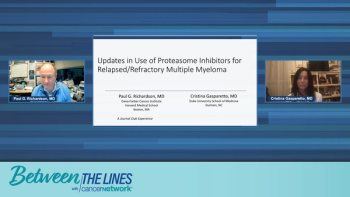
Experts share their excitement for upcoming PFS trial data to be presented on the combination of ixazomib, pomalidomide, and dexamethasone in multiple myeloma.

Expert perspectives on the triplet combination of ixazomib, pomalidomide, and dexamethasone in multiple myeloma presented at the 2021 ASH [American Society of Hematology] Annual Meeting.

Continuing their discussion on the management of multiple myeloma, experts Paul Richardson, MD, and Cristina Gasparetto, MD, consider the value of minimal residual disease as a marker.

Insight on the ASH 2021 update highlighting response rates and discontinuation in patients who received in-class transition from bortezomib to ixazomib for multiple myeloma.

Reflections on the patient-reported adherence and outcome data with IRd (ixazomib, lenalidomide, dexamethasone) therapy after an in-class transition from bortezomib to ixazomib for patients with multiple myeloma.









